
French Academic Painter
1836 - 1911

Jules Joseph Lefebvre was born on March 14th, 1836. Though his father was only a baker, he nonetheless encouraged his son to pursue painting, sending him to study in Paris in 1852. There, Lefebvre became a pupil of Léon Cogniet and a year later started attending the École des Beaux Arts. His debut at the Paris Salon was in 1855. He then spent the next few years pursuing the coveted Prix de Rome (the main competition for young painters, which would win him five years of study in Rome and a reputation that would all but guarantee a successful career). In 1859 he came close, placing second. Two years later the history painting The Death of Priam would win him first place.
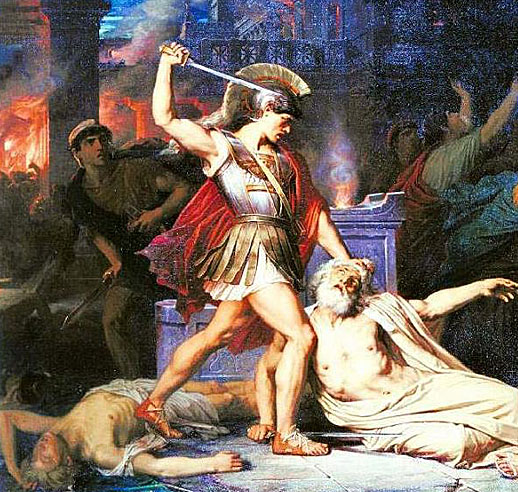
It would be during his stay in Rome that he would find his individual artistic niche. Able to study the great Italian masters, Lefebvre was fascinated by the Mannerist painters, especially Andrea del Sarto. He copied his work avidly and demonstrated Andrea's influence in his painting Boy Painting a Tragic Mask (1863). It was also during this time that his interest in the female nude began, painting his first in 1863. Among other works he did in Rome, he sent the narrative Roman Charity to the salon of 1864 and painted Cornelia, Mother of the Gracchi in 1866. The latter narrative, however, was ill received by experts, arousing overwhelming criticism. That same year his parents and one of his sisters died. These negative events in both his personal and professional life sent him into severe depression.
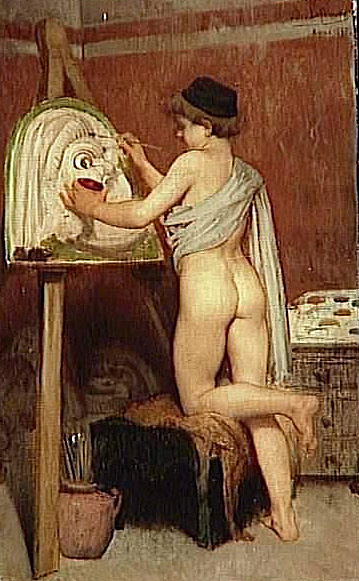
He emerged from his depression and came back to Paris with a different approach to art and a change of interest in subject matter. He apparently became disenchanted with the traditional formulaic approach to painting, instead turning towards more precise rendering from life. In 1868 he exhibited a Reclining Nude at the Salon, which unlike his last significant work, won him much praise. Two years later, his Allegory of Truth became his first great success. A beautiful young woman holds up a mirror (the conventional symbol of truth). This symbol, though, is at the very top of the painting, so, in order to get to it one's eye has to caress the sensuous feminine curves over the length of the outstretched figure. Shortly after the success of this nude, he was made an officer in the Legion of Honor.

What followed in the decades to come were variations on Truth. His many beautiful nudes took the roles of Mary Magdalene (1876), Pandora (1877), Diana (1879), Psyche (1883), and Aurora among others. His nudes became so famous that his only rival was considered to be William-Alphonse Bouguereau. Unlike Bouguereau's figures though, Lefébvre used a greater variety of models, which can be seen in his work.
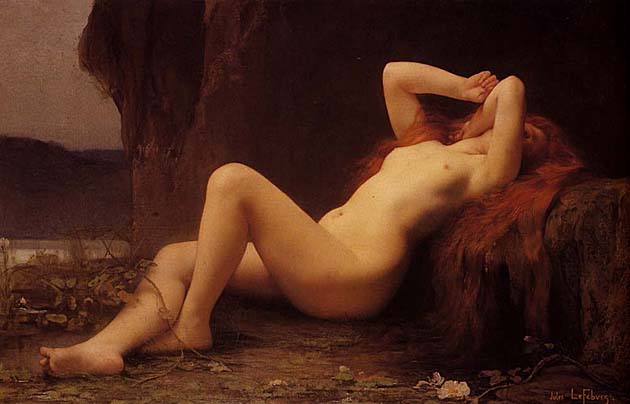
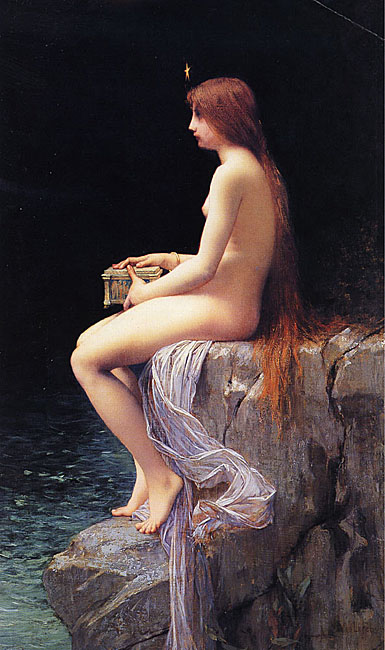

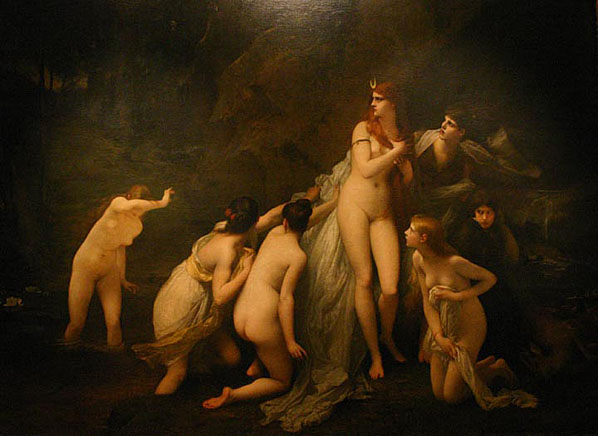

It is not surprising then that he exhibited seventy-two portraits at the Paris Salon from 1855 to 1898. Most, of course, are of women. Among those who sat for him include his daughter Yvonne, the Imperial Prince. in 1874, and the novelist Alexandre Dumas (1869), who also seems to have admired his nudes, purchasing a Femme Nue in 1892.
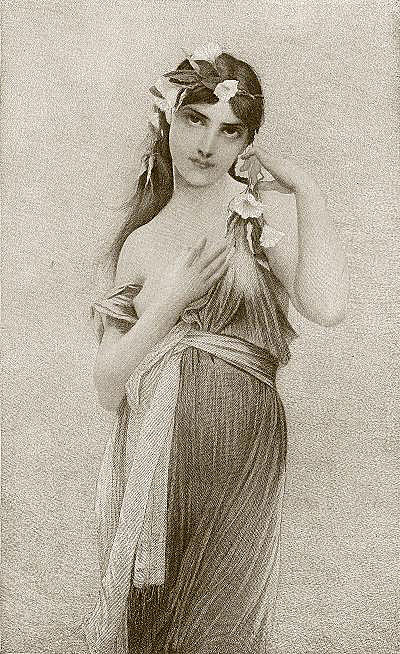
In the 1870's he became a teacher at the Academie Julien (an atelier that trained women artists as well as men over a decade before they were also permitted into L'École des Beaux Arts). There he is said to have insisted to his students on absolute precision in life drawing. There he became the most admired and sought after teacher of American ex-patriots, who came to Paris to study. Among his most famous American students, were Child Hassam, Frank Benson and Edmund Tarbell.
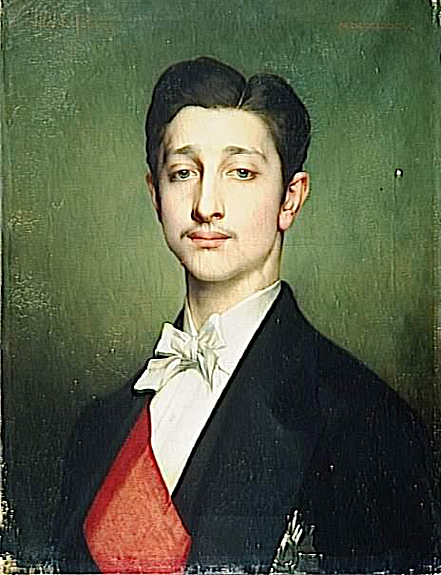
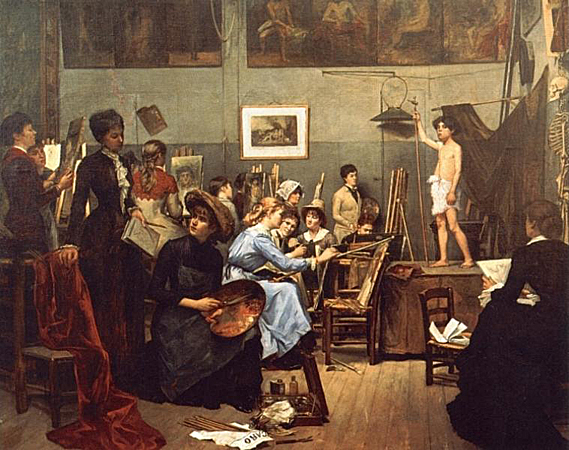
Following the success of Truth, his accolades kept accumulating. Having won increasingly significant acclaim at the Universal Expositions, he ended up winning the grand prize in 1889. In 1891, he was made a member of the Academie des Beaux Arts. And in 1898, he was promoted to Commander in the Legion of Honor. Jules Lefèbvre died on February 24th 1911.


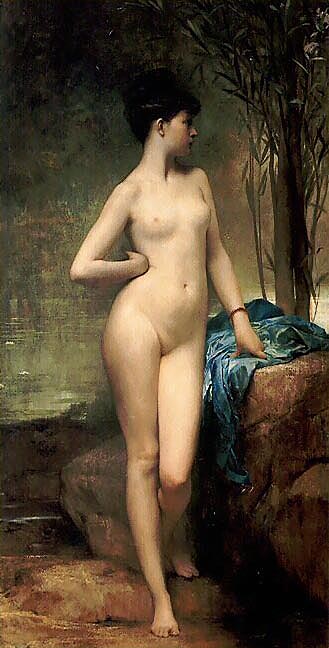
Chloe was brought to life in Paris in 1875 by the artist Jules-Joseph Lefebvre, one of the most respected and leading academic masters of the painted nude figure in the late 1800's. Marie, a young Parisian woman, modeled for Lefebvre's Chloe when she was around the age of 19. Of Marie there are many tales, but the most probable is that told by Lefebvre's contemporary and student, George Moore. Moore noted that she was a model who posed for several artists and, after throwing a party for her friends, spent her last money on poisonous matches, boiled these up, drank the concoction and died. Moore alludes that the reason for her suicide was love. It is believed that when Marie died she was about 21 years of age.
Chloe's debut at the Paris Salon - a showcase exhibition for the leading French academic masters and their prize works - was a raging success. Chloe and Lefebvre won the Gold Medal of Honor, the greatest official award to be bestowed on a French artist and the first of three gold medals Chloe was to win. In 1879 she was the central figure in the French Gallery at the Sydney International Exhibition and at the Melbourne International Exhibition of 1880; Chloe scooped the pool, winning both the highest awards and acclamation.
Chloe was purchased by Dr Thomas Fitzgerald of Lonsdale Street, Melbourne, for the princely sum of 850 guineas. In 1883 Dr Fitzgerald approached the National Gallery of Victoria and offered Chloe for extended exhibition while he visited Ireland for three years.
However, while Chloe had won the highest of critical acclaim, she had not yet won the hearts of the Melbourne people. With new Sunday opening times in effect and a naked woman at the Gallery, the Presbyterian Assembly worked themselves up into a frenzy of religious protestation.
Melbourne society found Chloe's presence in the Gallery quite scandalous. Meetings were held, letters were written, and the Sunday Observance League and the Presbyterian Assembly had to be heard. The Argus newspaper was so inundated with letters of both complaint and passion that they dedicated a column solely to the issue of 'Chloe in the Gallery'.
Chloe only lasted three weeks in the Gallery before being withdrawn from exhibition and shipped to Adelaide where she was found not to be such scandalous company. On return to Melbourne Chloe remained with Dr Fitzgerald for a further 21 years causing scandal while hanging in his front salon. Passersby on the street could elicit a view of Chloe, complaints arose and Fitzgerald was forced to move her, this time to the back of his house.
Upon Sir Thomas' death in 1908 Chloe needed a new home. This was provided by Mr. Norman Figsby Young, the ex-gold digger, art collector, Irishman and entrepreneur of Young and Jackson fame who bought Chloe at Sir Thomas' estate auction for £800. She then graced the public bar of the Young and Jackson Hotel for the cultured viewing and criticism of a wholly new audience.
Chloe has kept soldiers company through two World Wars, a Korean War and a Vietnam War. During these times she has held a special place in the hearts of our soldiers, as witnessed on Anzac Day this year when more than 2,000 people went to Young and Jackson's to have a drink in her company. During the World Wars diggers came to drink with Chloe before being shipped out. Letters were written to her from the trenches of Turkey, France, and Papua New Guinea, swearing their true love and promising to return.
During World War II a crewman aboard a German luxury liner was accused in the US of being a spy. As an alibi he recalled that at the time of the offence he was in Melbourne. Remembering it well, he noted a railway station with a hotel opposite and a nude in the bar - case dismissed!
American GIs fell so in love with her during World War II that plans were made to abduct her. At this time one particular GI, before he went home, was so besotted with Chloe that he threw a glass of beer at her exclaiming that 'he would give her something to remember him by'.
In 1943, after this incident, Chloe underwent conservation work followed by a two-week exhibition at the Kozminsky Gallery as her first effort for charity. At sixpence a view Chloe raised money for returned servicemen's repatriation. She was a smashing success and raised £300.
In 1987 Chloe moved upstairs into her own salon. Two years ago Foster's Brewing was thrilled to acquire, through its Australian Leisure and Hospitality Group, two of Melbourne's most famous and recognizable icons, the Young and Jackson Hotel, and Chloe.
Having put up with each other for almost 100 years, Chloe and Y&J's have become inextricably linked as part of Melbourne's heritage. The National Trust and Heritage Victoria decreed several years ago that they remain bound together forever. The Foster's Brewing Group, as custodian of this heritage, is presently refurbishing Chloe's home while Chloe has been enjoying popular acclaim on exhibition at the National Gallery of Victoria. While she is away from home, Chloe is again raising money, this time for Challenge: a cancer support network. Through the provision of a full range of recreational and support services, Challenge improves the quality of life of Victorian children and their families living with cancer and other life-threatening blood disorders.
The original block of land was bought in 1837 for £100 by John Batman, one of the founders of Melbourne and was used as a girls' school. A hotel was later built on the site which, after several changes of ownership, was bought by two men who had been successful on the gold fields in New Zealand - Messrs Young and Jackson.
Meanwhile, in another part of town, another story was emerging. At the grand exhibition of 1880 held in the Exhibition Buildings, a nude painting, Chloe, by Chevalier Jules le Febvre had won a gold medal. When this painting was exhibited at the National Gallery in 1881, a scandal broke out. Chloe was much too brazen for the puritanical 'wowsers' of Melbourne society, and the trustees of the gallery were abused in the newspapers for allowing her to flaunt herself in the gallery - and on a Sunday afternoon!
Messrs Young & Jackson were eventually able to buy Chloe in 1908 and hung her above the bar in their hotel. Custom increased dramatically.
Young and Jackson's and Chloe have been inseparable ever since. Chloe was allowed a brief excursion recently. She was allowed out to hang in an exhibition of nudes. Where? At the National Gallery! She was removed in a rather undignified manner by a crane through the first floor window. But she has returned from that little outing, back to the bar now named after her.
Y & J's has become almost as famous a meeting place as 'under the clocks'. Many diggers during both world wars arranged to meet their mates afterwards at Young and Jackson's.
And Chloe still smiles down on them.
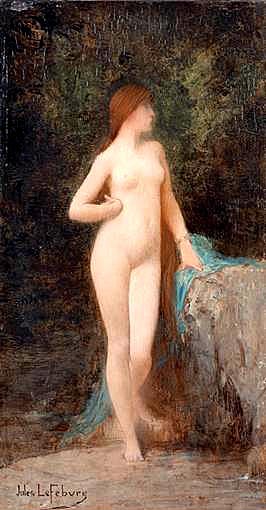

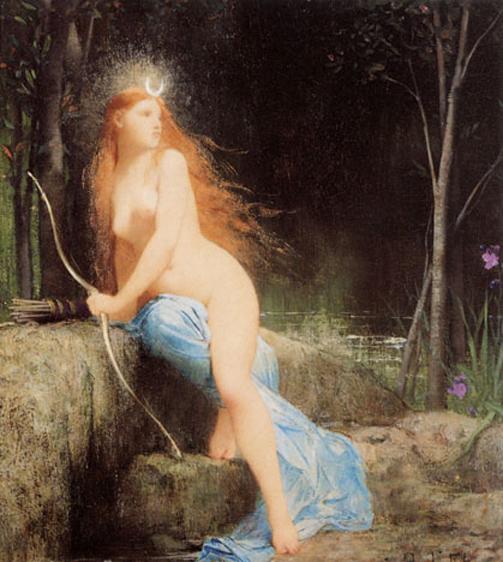
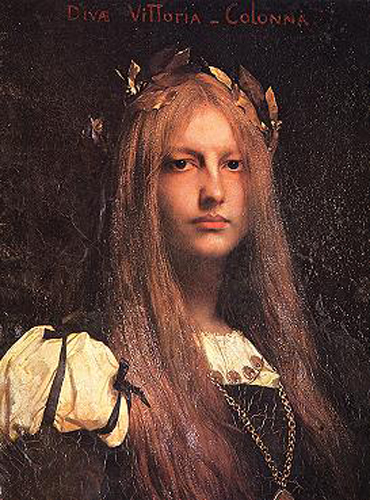
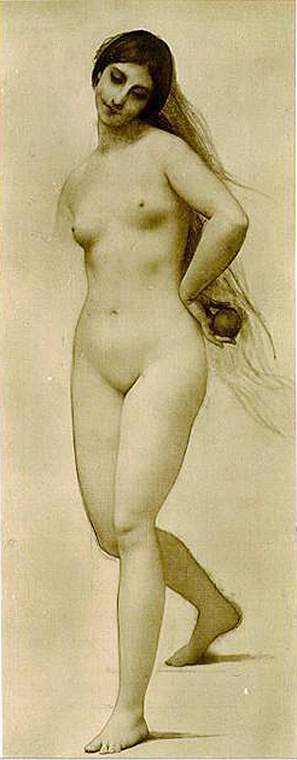
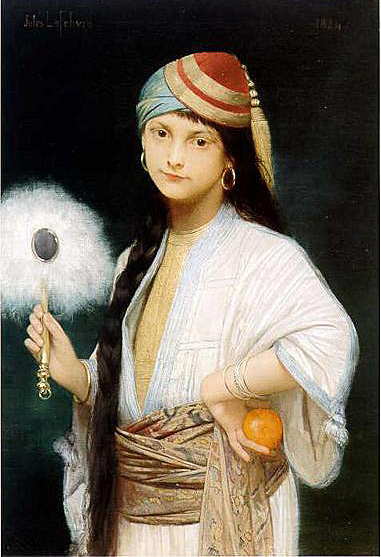
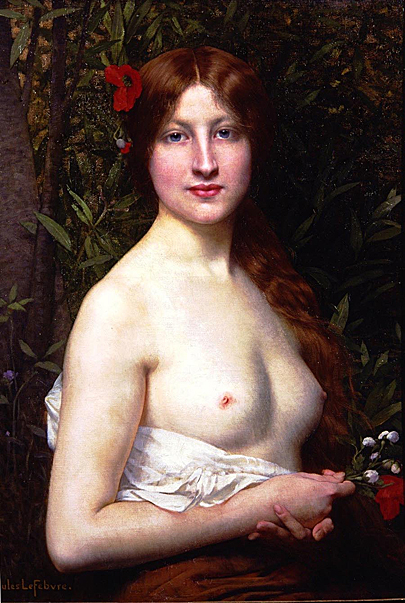
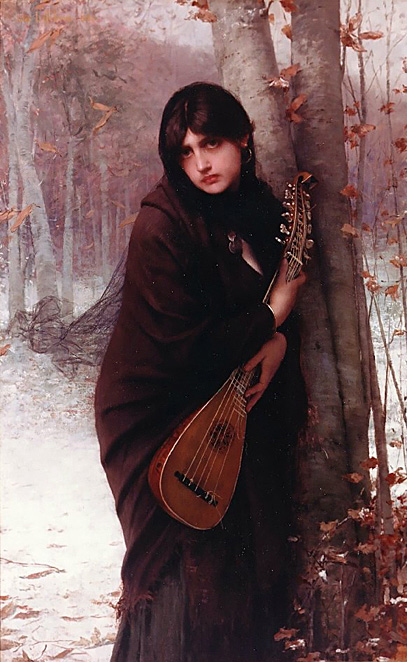


Lefebvre's female nude seemingly represents the Cicada (or Grasshopper) at the onset of autumn, realizing the consequences of her careless frivolity. The painting was accompanied at its 1872 Salon debut with a quotation from La Fontaine's French adaption of the fable, "Quand la bise fut venue" (When the cold north wind blows). Painted just after the 1870-71 Franco-Prussian war, this allegory of foolish unpreparedness was seen as a critique of Napoleon III, whose poor leadership lead to economic collapse and the Paris Commune uprising of 1871.
"La Cigale" was first exhibited at the Paris Salon in 1872. In 1893 it was exhibited at the World's Columbian Exposition in Chicago (being owned in America at that time). It remained for some time in the collection of Daniel Catlin, of St. Louis, Missouri. In the early 1980's the painting found a new home in Australia, when purchased by a private collector in Melbourne, Victoria.
In 1995 it was one of two privately owned Lefebvre nudes featured in the exhibition "Narratives, nudes and landscapes" at the National Gallery of Victoria (NGV). The other was the famous work "Chloe". The NGV acquired "La Cigale" from the estate of the Melbourne owner in May 2005, and it is now on public display at the NGV International in Melbourne (Victoria, Australia).
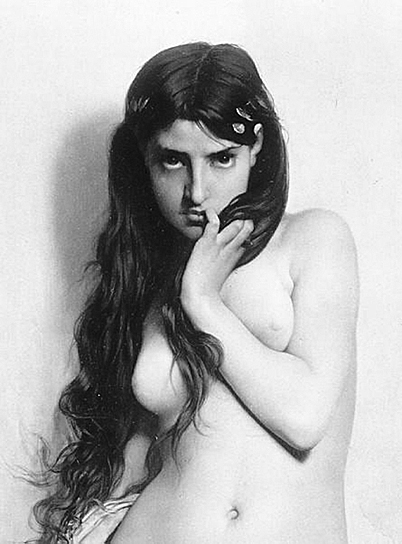
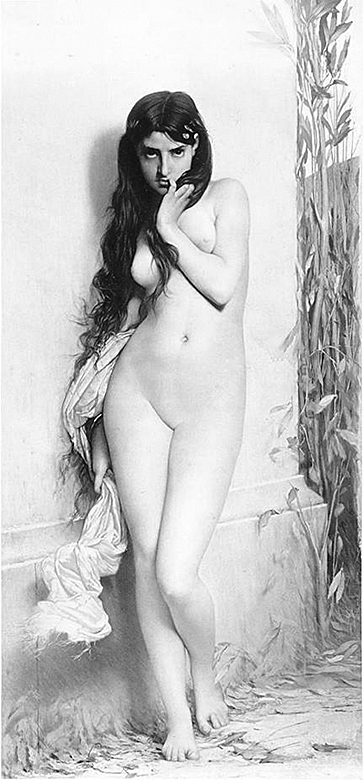
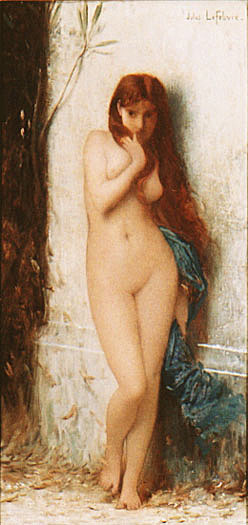
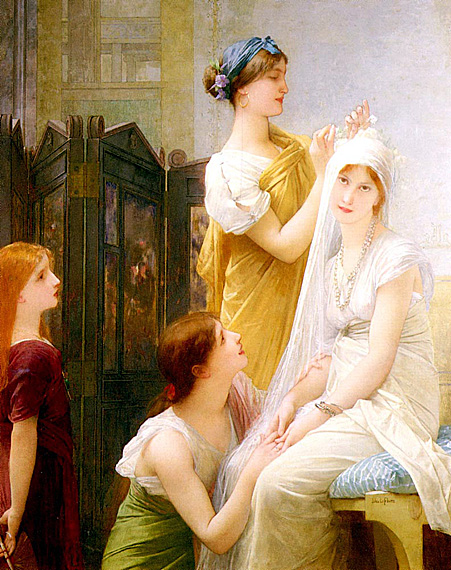

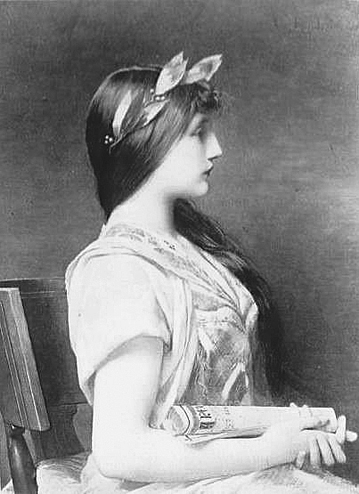
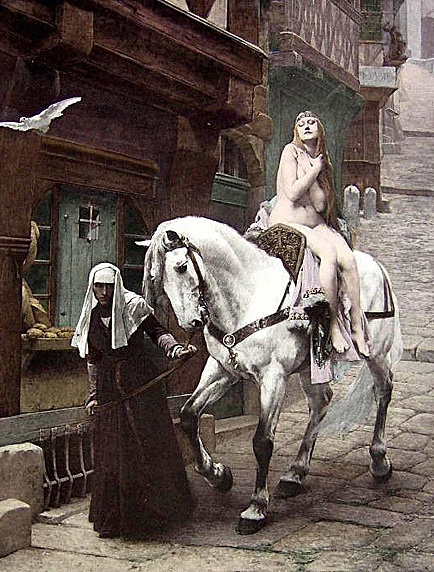
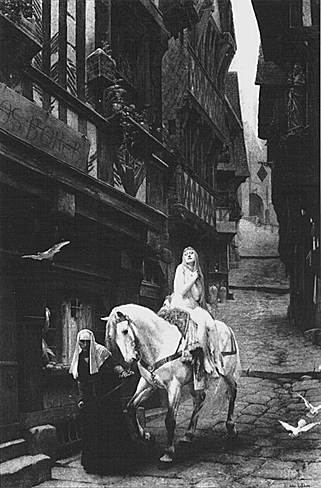
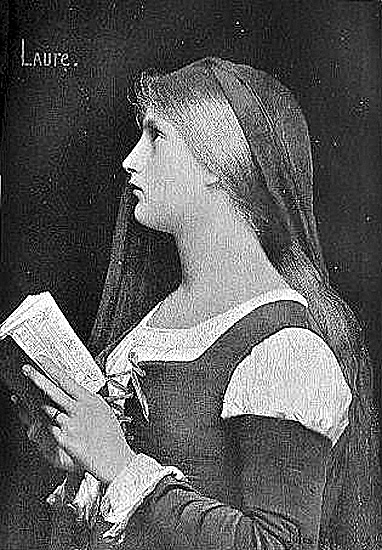
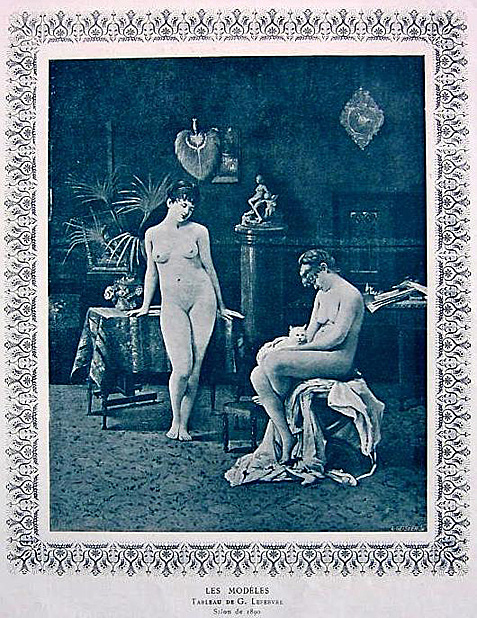

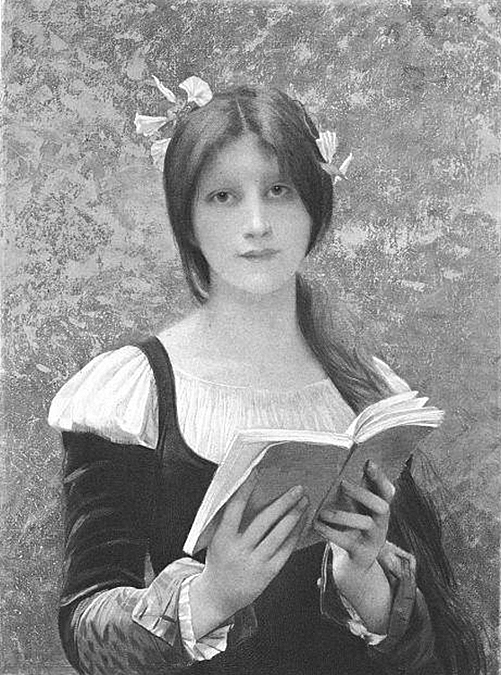

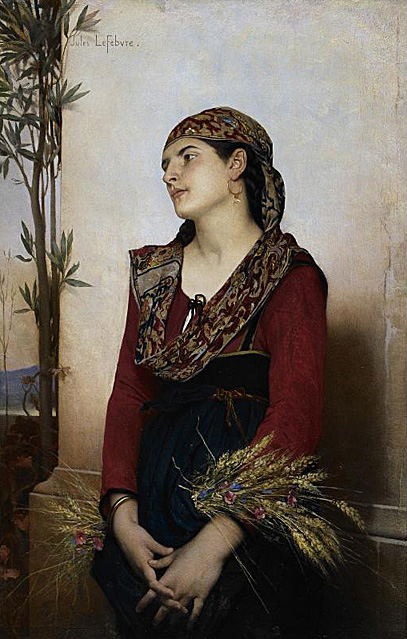

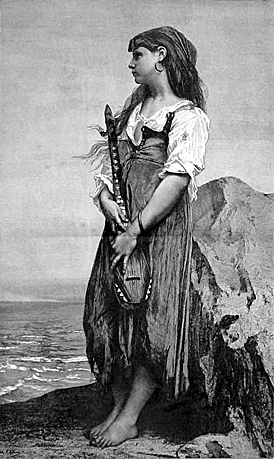

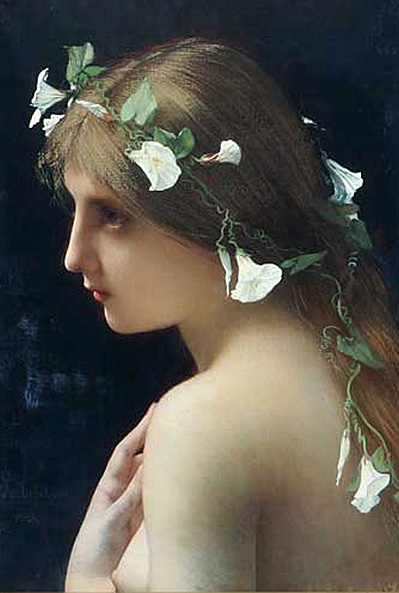

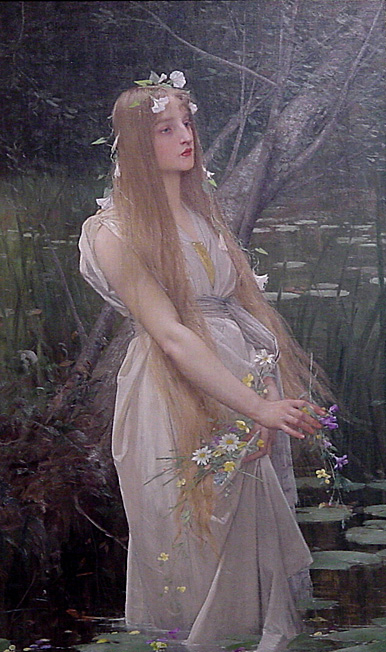
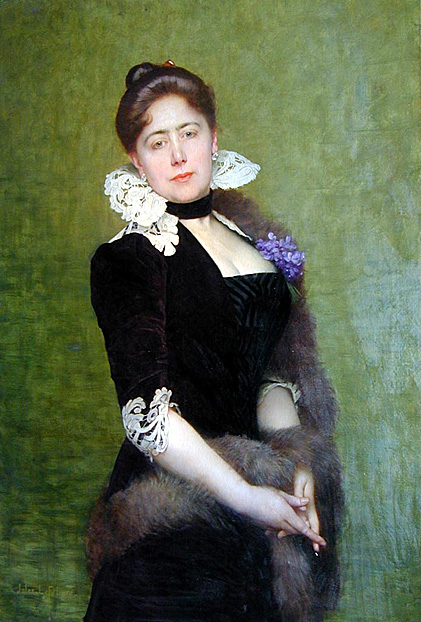
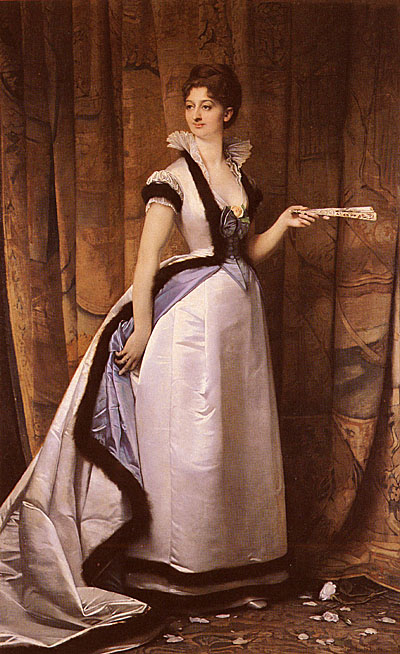
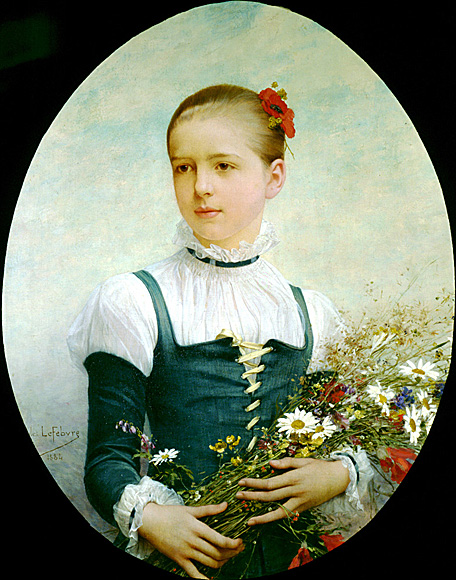
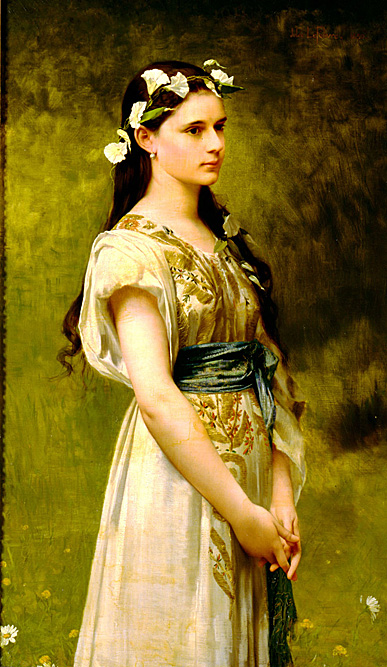
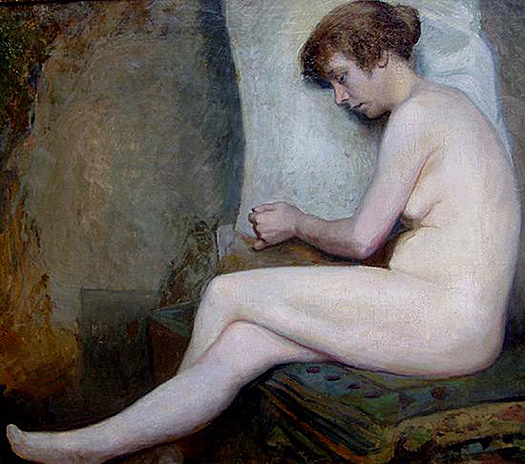
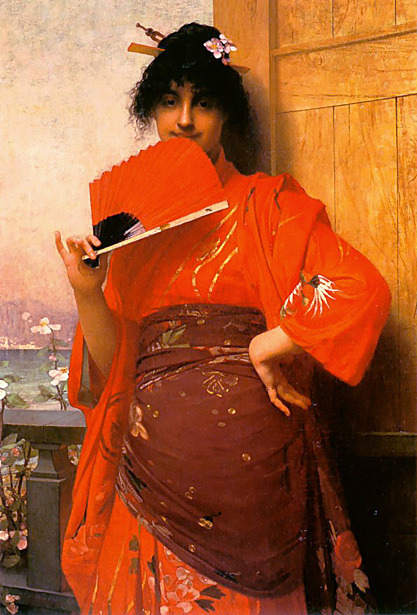
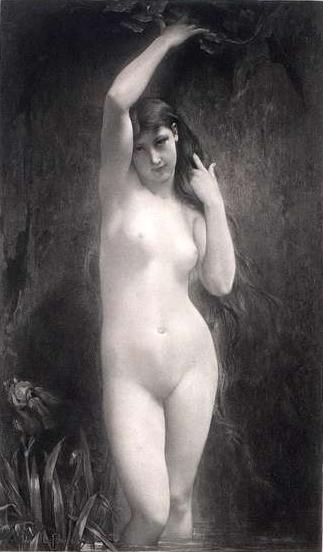
Undine, A water nymph, without a soul, which she later received by marrying a mortal and bearing a child: Heroine of a book (1812) by Baron de La Motte Fouque, German author.

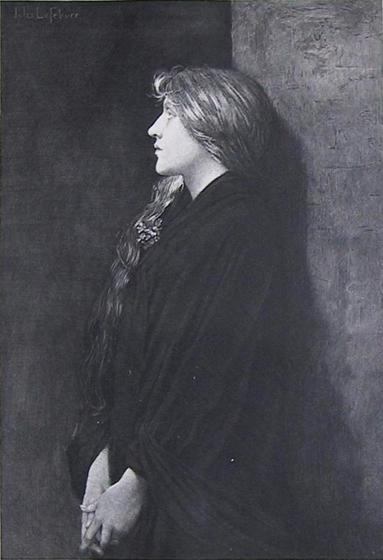

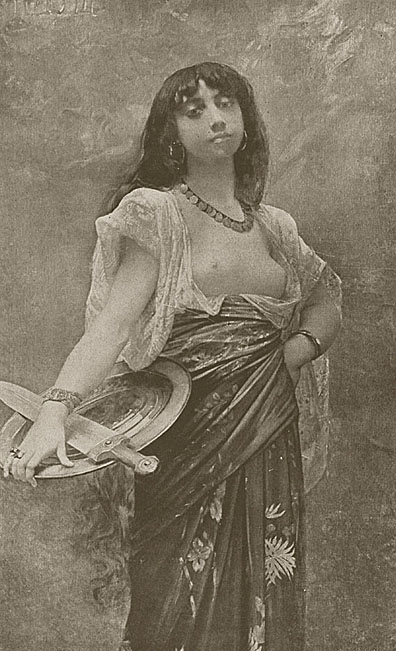
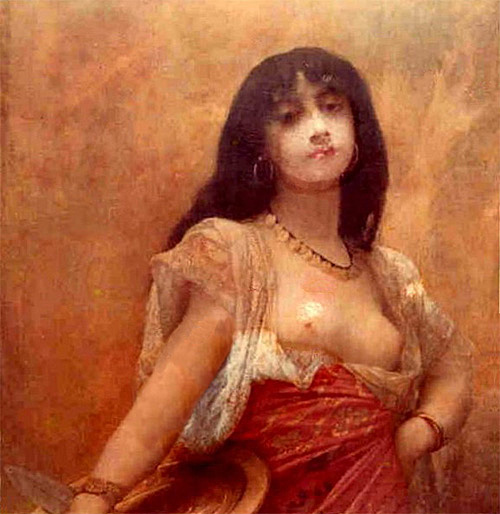
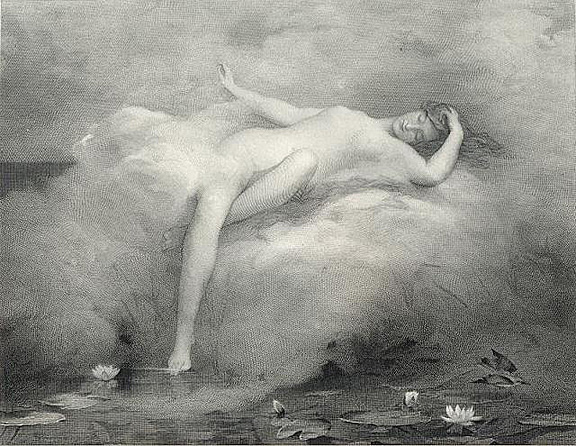
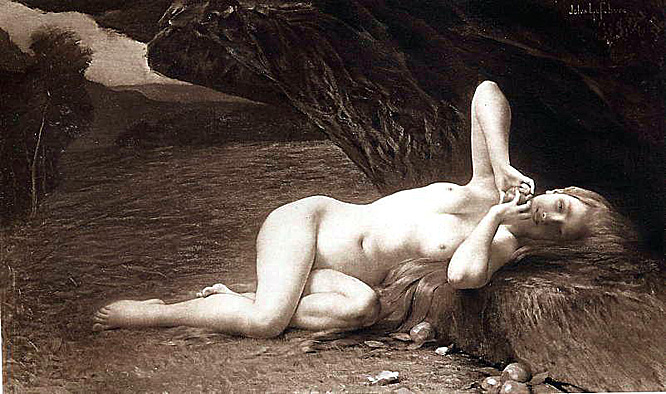
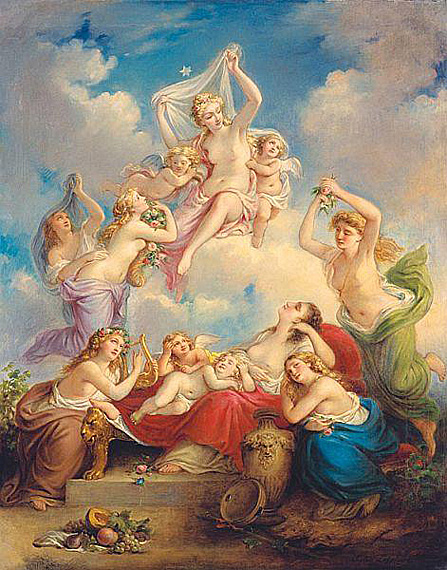
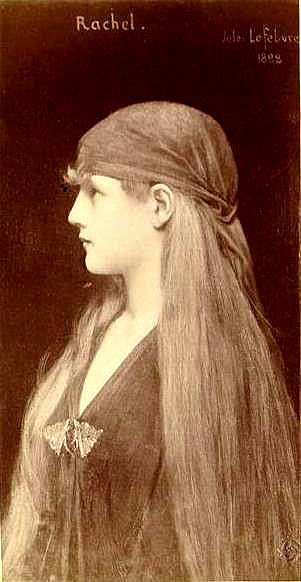
Source: Art Renewal Center
Return to Pagina Artis
Return to Bruce and Bobbie's Main Page.